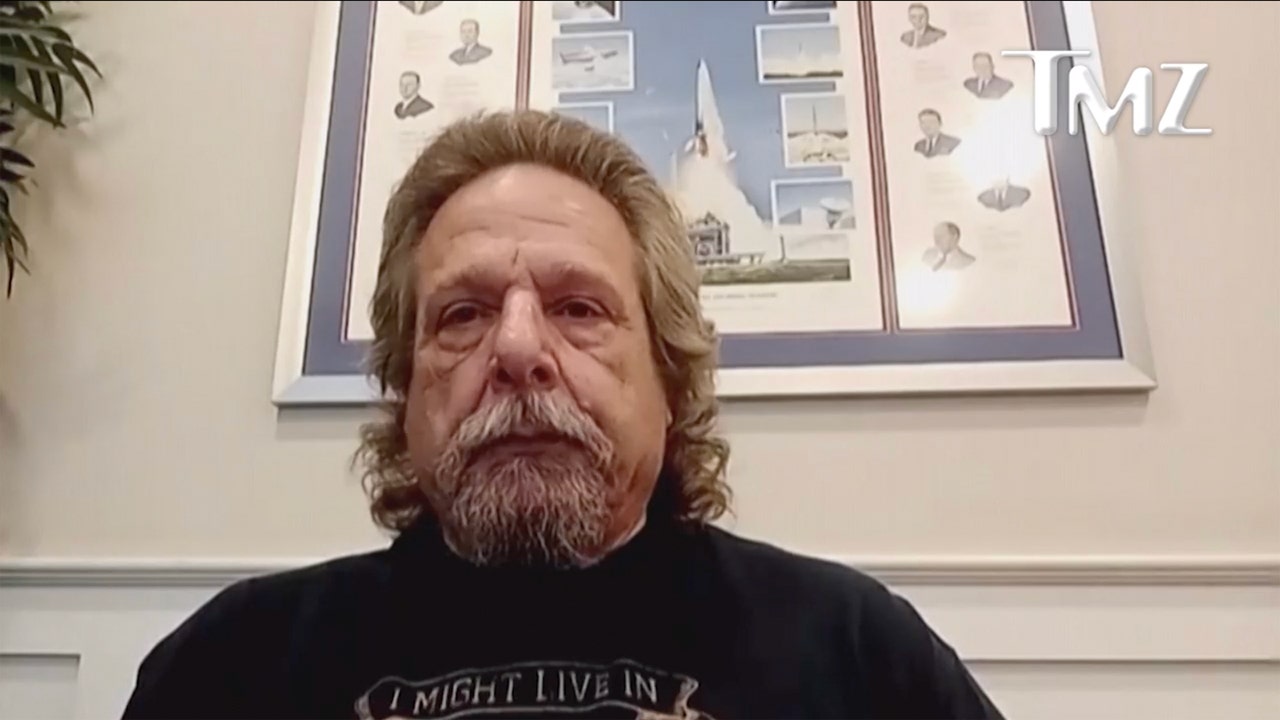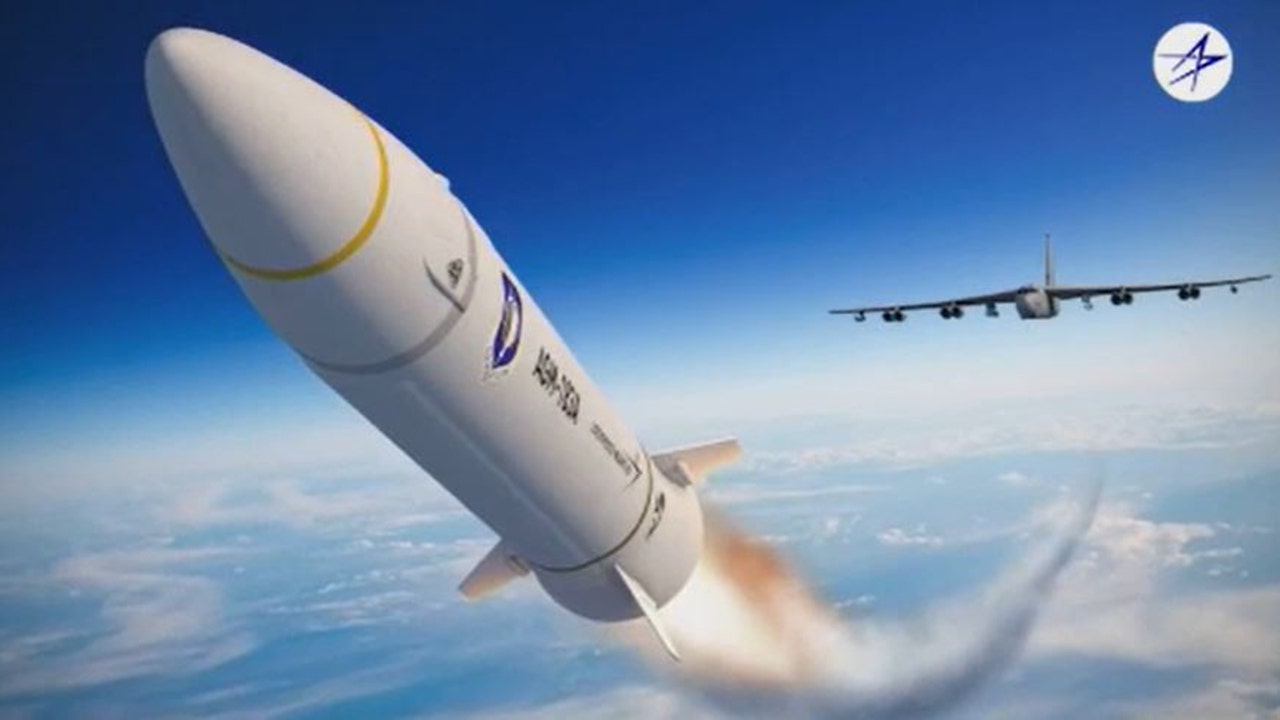If you’re driving north from downtown Los Angeles on Highway 101, it’s hard to miss an enormous overpass going up near Agoura Hills. Construction began two years ago on the bridge spanning 10 busy lanes of traffic, and it won’t wrap up for at least an additional year.
But unlike most road infrastructure projects, this one isn’t for cars or pedestrians. The overpass is a wildlife crossing, meant to help provide a safe passage through a Southern California landscape crisscrossed by major roads, allowing mountain lions, coyotes, deer, snakes, rabbits and butterflies to move more freely and safely, said Beth Pratt, California regional executive director for the National Wildlife Federation.
“It’s more than just a bridge — it’s a climate resiliency project that’s needed if the ecosystem and all of the life in it is going to have a shot in the future,” Pratt, whose group spearheaded the campaign for the crossing, told me.
The Wallis Annenberg Wildlife Crossing, as it is called, is expected to be completed in 2026 to connect the Santa Monica Mountains and the Simi Hills. It’s a $92 million project — with $58 million from the state and the rest from philanthropy — and is said to be the biggest wildlife overpass in the world. The hope is that the crossing will reduce collisions between wildlife and vehicles and will allow animals to roam more widely in search of food, shelter and mates, officials say.
“With projects like this, we’re reconnecting and restoring habitats, so future generations can continue to enjoy California’s unmatched natural beauty,” Gov. Gavin Newsom said in a statement earlier this year.
Each year, there are more than a million collisions between wildlife and vehicles in the United States, which result in tens of thousands of human injuries and hundreds of human deaths. So wildlife crossings have become increasingly popular in the United States in recent years, with environmentalists and transportation officials agreeing on their benefits.
The new crossing in Agoura Hills will be huge — 200 feet long and 165 feet wide — and will be planted with native vegetation to match the surrounding landscape, with tall trees and walls covered with thick vegetation walls to block the din of cars whizzing underneath. Humans aren’t supposed to use the crossing, and officials will be monitoring it to make sure, Pratt told me. (She said that planting poison oak would be a backup plan for deterring humans.)
The bridge will help all kinds of animals — a barn owl has already been seen trying out the span — but its initial target is mountain lions.
More than 600 mountain lions were killed by vehicles in California between 2016 and 2023, according to the Road Ecology Center at the University of California, Davis. Last month, a mountain lion was found dead on the 101, less than a half-mile from where the crossing is being built. Over the holiday weekend, another was found dead on the 405.
L.A.’s busy highways have bisected these big cats’ territories for decades, leaving them either to try to dart across lanes of traffic or be hemmed in on a small patch of land with few potential mates, leading to inbreeding and dangerously low genetic diversity and raising the specter of extinction.
In particular, it was P-22, a mountain lion that achieved celebrity status in Los Angeles, that made the plight of the species real for Angelenos. P-22 braved the 101 to reach Griffith Park but became isolated there and was unable to find a mate. He was euthanized in 2022 after being struck by a vehicle.
The wildlife crossing speaks to a new view of conservation: that animals don’t need one single refuge to survive, but the ability to travel through habitats unimpeded, Pratt said.
“Almost everything in this ecosystem is being impacted by this impenetrable wall,” she told me. “We now know nature needs movement. Nature needs to be connected.”
And before you go, some good news
Michelle Navarro and Christopher Zegunis met in 2016 at a magic course in Los Angeles. Learning and performing tricks together, “crushes developed,” Navarro said.
At the end of the course, Zegunis invited her for dinner, and the pair hit it off. They bonded over their shared love of Disneyland and helped each other through moments of grief and the coronavirus pandemic.
After three years of living together and one false start, Zegunis proposed at Disneyland, surprising Navarro during a planned photo shoot.
They married in Hawaii, a special place for Navarro, in June.
Read the full story in The Times.






